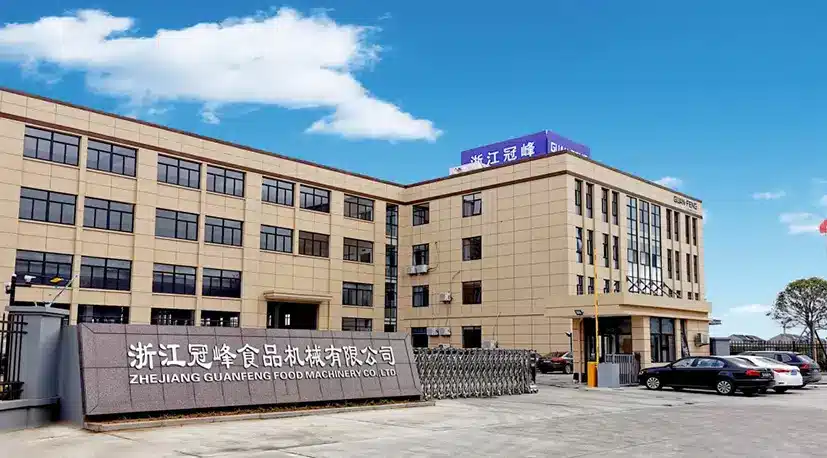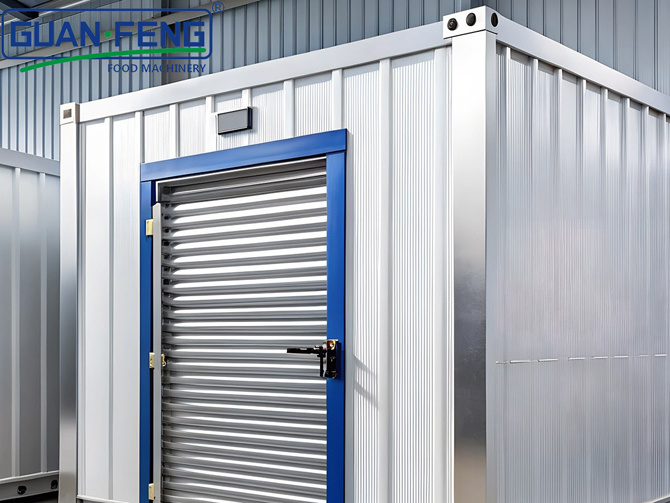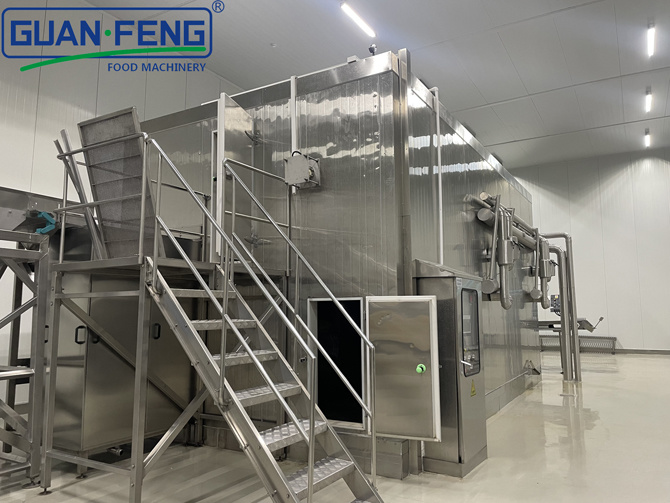BLOG
Focus on hot topics, real-time dynamics
Vacuum freeze dryer becomes the new darling of energy saving
I. Countdown to Carbon Neutrality: The "Energy Consumption Pains" of the Freeze-Drying Industry 2025 is a crucial year for China to achieve "carbon peaking". Freeze-drying-related industries such as food, medicine, and biological products face dual pressures: policy pressure: the "Implementation Plan for Carbon Peaking in the Industrial Sector" in 2024 requires a 13.5% reduction in energy consumption per unit of GDP in high-energy-consumption industries by 2025; cost surge: traditional freeze-drying equipment accounts for 30%-50% of production costs in terms of energy consumption, and rising electricity prices add to the burden on enterprises.
II. "Energy-saving Secrets" of Vacuum Freeze Dryer
Compared to traditional atmospheric freeze dryers and hot-air drying equipment, vacuum freeze dryers achieve "low consumption and high efficiency" through three major technological innovations:
1. Phase change energy saving: from "boiling water" to "space evaporation"
Traditional drying: Water needs to be heated to 100℃ for evaporation (such as hot-air drying), with a power consumption of approximately 0.8 kWh per 1kg of water, accompanied by significant heat waste.
Vacuum freeze-drying: Utilizing the sublimation characteristics of ice in a vacuum environment (ice can evaporate at -50℃), the energy consumption for 1kg of water is approximately 0.5 kWh, resulting in a 37.5% energy saving.
Principle analogy: Traditional drying is like "boiling water", while vacuum freeze-drying is like "placing wet clothes in a space capsule, where the moisture turns directly into gas and disappears".
2. Energy recycling: Turning "waste heat" into "treasure"
The vacuum freeze dryer is equipped with a standard heat recovery system to achieve an energy closed loop:
Refrigeration system: Waste heat from the compressor is used to heat materials, reducing external heating demand by 40%;
Water trapping by cold trap: The heat released by the condensation of water vapor is recovered to the refrigeration cycle, reducing the compressor load by 25%.
Data verification: After a pharmaceutical company modified its vacuum freeze dryer, the energy consumption for drying a single batch of vaccine decreased from 1200 kWh to 720 kWh, resulting in an annual electricity saving of 144,000 kWh.
3. Intelligent control: saving energy with a "brain"
The new generation of vacuum freeze dryer is equipped with an AI-based energy efficiency management system:
Dynamic adjustment: Automatically matching vacuum degree and temperature according to material characteristics to avoid "over-drying";
Night mode: Concentrated operation during off-peak electricity pricing periods, reducing the overall electricity cost by 20%.
III. Carbon neutrality account: The "carbon emission reduction report card" of vacuum freeze dryer
Taking the 100L model as an example, let's compare the carbon emissions of a vacuum freeze dryer vs a traditional hot-air dryer:
Index Vacuum freeze dryer Traditional hot-air dryer Difference
Energy consumption per batch: 50 kWh, 85 kWh, saving 35 kWh
Carbon emissions: 22.5kg CO₂ (1 kWh = 0.45kg CO₂) 38.25kg CO₂ Reduced by 41.2%
Annual operating cost: 18,000 yuan (electricity price: 0.6 yuan/kWh) 30,600 yuan Save 12,600 yuan
Standard forcing
The "Minimum Allowable Values of Energy Efficiency and Energy Efficiency Grades for Freeze-Drying Equipment" implemented from 2025 stipulates:
The energy efficiency ratio (EER) of vacuum freeze-drying machines needs to be ≥1.8, and traditional equipment will be gradually phased out;
The newly-built freeze-drying workshop must be equipped with a heat recovery system; otherwise, the environmental impact assessment will not be approved.
V. Future Trends: Three Evolutionary Directions for Vacuum Freeze Dryers
Lower energy consumption: Developing magnetic levitation refrigeration compressors, with an expected further reduction of 15% in energy consumption by 2027;
Lower carbon materials: Using bio-based seals to replace traditional rubber, reducing carbon emissions throughout the entire life cycle of equipment;
Digital carbon management: Access to the industrial Internet platform, real-time monitoring of the carbon footprint of individual grams of material, meeting the requirements of export carbon tariffs.
Hot Tags:
PREVIOUS:
Contact Us
E-mail:
sales@syguanfeng.com
Tel:
+86 15088506234
Address:
South Industrial Park of Dongguan, Shangyu District, Shaoxing City,Zhejiang Province,China.
GUANFENG, your customization experts!
GUANFENG FOOD MACHINERY - leading supplier of integrated food processing solutions
Copyright© 2024 ZHEJIANG GUANFENG FOOD MACHINERY CO.,LTD.










